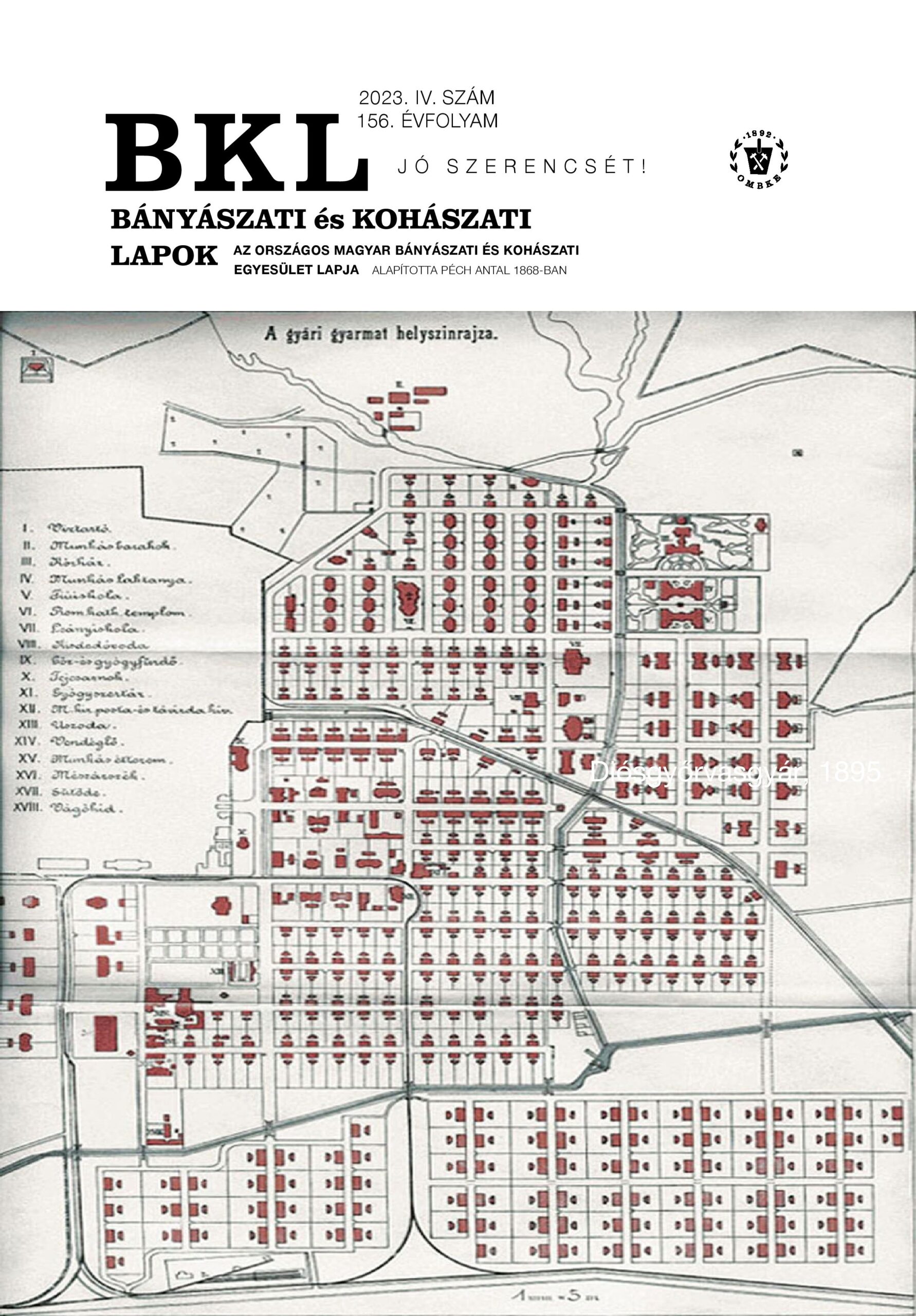Mechanical properties of particle-reinforced aluminium matrix syntactic foams
Abstract
Metal matrix syntactic foams (MMSFs) were produced by low-pressure liquid-state infiltration. AlSi7Mg alloy was used as matrix material, while the filler was a set of ceramic hollow spheres (CHSs) or light-expanded clay agglomerate particles (LECAPs). The matrix was reinforced by Al2O3 (0.6 mm or 1.2 mm nominal size) or SiC (0.4 mm nominal size) particles. The produced samples were investigated structurally (microstructure) and mechanically (standardised compressive tests). According to the microscopic investigations, liquid-state low-pressure infiltration was found to be a suitable method to produce MMSFs with a reinforced matrix. The shape of the engineering stress – strain curves was mainly influenced by the filler. CHS filled MMSFs showed a high stress peak, while LECAP filling ensured a smoother transition from the linear elastic part to the plateau region. The compressive strength of the MMSFs was significantly increased by the reinforcing particles in the matrix. Linear connections were found in the compressive strength and the nominal size of the Al2O3 particle relationships. The plateau strength of the MMSFs and thus the absorbed mechanical energy was decreased by the presence of the reinforcement. The decrement was caused by the stress-concentrating particles and could only be equalised by the stronger SiC particles. The failure modes of the MMSFs were dependent on the filler material.
References
Ashby MF: Chapter 3 - Engineering Materials and Their Properties. In: Ashby MFBT-MS in MD (Fourth E, ed., Oxford: Butterworth-Heinemann; 2011, p. 31-56. https://doi.org/10.1016/B978-1-85617-663-7.00003-5
Song J, Xu S, Xu L, Zhou J, Zou M: Experimental study on the crashworthiness of bio-inspired aluminum foam-filled tubes under axial compression loading. Thin-Walled Struct 2020; 155: 106937. https://doi.org/10.1016/j.tws.2020.106937
Rabiei A, Portanova M, Marx J, Scott C, Schwant J: A study on puncture resistance of composite metal foam core sandwich panels. Adv. Eng. Mater. 2020; n/a. https://doi.org/10.1002/adem.202000693
Alteneiji M, Krishnan K, Guan ZW, Cantwell WJ, Zhao Y, Langdon G: Dynamic response of aluminium matrix syntactic foams subjected to high strain-rate loadings. Compos. Struct. 2023; 303: 116289. https://doi.org/10.1016/j.compstruct.2022.116289
Thalmaier G, Sechel NA, Csapai A, Popa CO, Batin G, Gábora A, et al.: Aluminum perlite syntactic foams. Materials (Basel) 2022; 15. https://doi.org/10.3390/ma15155446
Ferguson JB, Santa Maria JA, Schultz BF, Rohatgi PK: Al-Al2O3 syntactic foams - Part II: Predicting mechanical properties of metal matrix syntactic foams reinforced with ceramic spheres. Mater. Sci. Eng. A 2013; 582: 423-32. https://doi.org/10.1016/j.msea.2013.06.065
Son YG, Lee YC, Jung SS, Kwon HS, Lee W, Park Y: Synthesis and characterization of hollow glass sphere containing aluminum syntactic foam by spark plasma sintering and hot pressing. Metals (Basel) 2019; 9. https://doi.org/10.3390/met9121266
Vendra LJ, Rabiei A: A study on aluminum-steel composite metal foam processed by casting. Mater. Sci. Eng. A 2007; 465: 59-67. https://doi.org/10.1016/j.msea.2007.04.037
Wiener C, Chmelík F, Ugi D, Máthis K, Knapek M: Damage characterization during compression in a perlite-aluminum syntactic foam. Materials (Basel) 2019; 12. https://doi.org/10.3390/ma12203342
Wright A, Kennedy A: The processing and properties of syntactic al foams containing low cost expanded glass particles. Adv. Eng. Mater. 2017; 19:1-6. https://doi.org/10.1002/adem.201600467
Kemény A, Leveles B, Károly D: Functional aluminium matrix syntactic foams filled with lightweight expanded clay aggregate particles. Mater. Today Proc. 2021. https://doi.org/10.1016/j.matpr.2020.12.164



